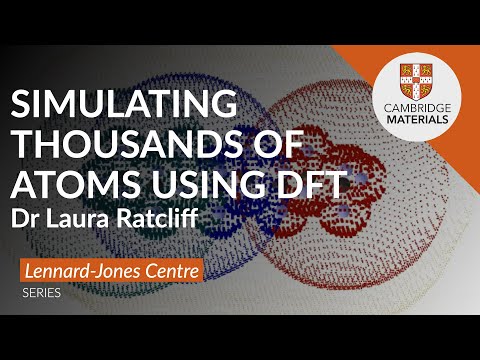Description:
Explore linear-scaling density functional theory (DFT) and its applications in simulating large systems containing thousands of atoms in this Lennard-Jones Centre discussion group seminar. Delve into the wavelet-based BigDFT code's implementation of linear-scaling formalism using localized support functions. Discover how this approach enables simulations of tens of thousands of atoms and offers opportunities for combining with fragment-based methods. Learn about the complexity reduction framework for analyzing electronic structures of large systems, including graph-based descriptions of fragment interactions. Examine real-world examples demonstrating the application of linear-scaling BigDFT and related fragment approaches in simulating and analyzing systems with many thousand atoms, such as OLED charge transport parameters, DNA charge analysis, and complexity reduction of a laccase enzyme.

Simulating Thousands of Atoms Using Linear Scaling BigDFT - Applications in Large-Scale Quantum Systems
Add to list